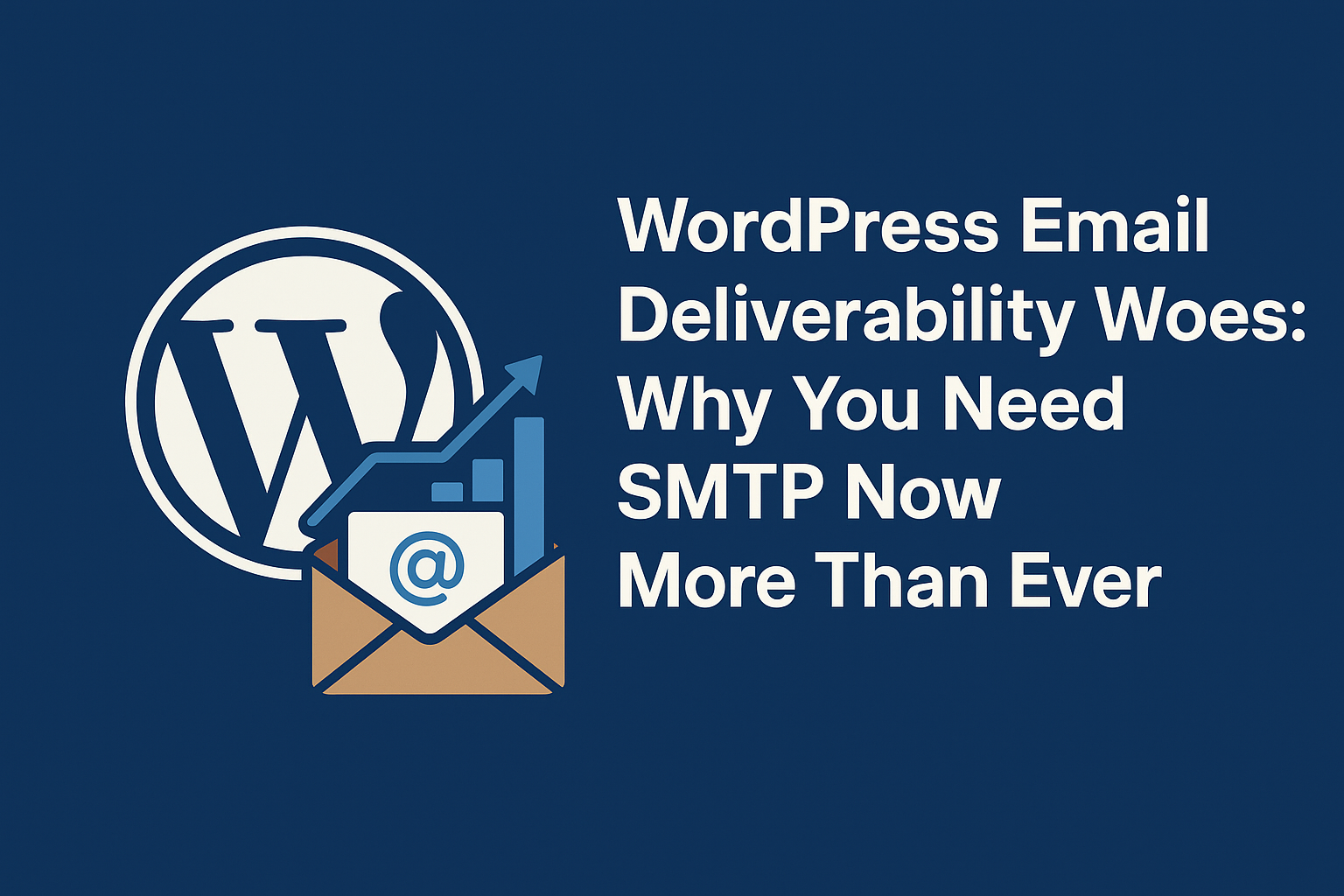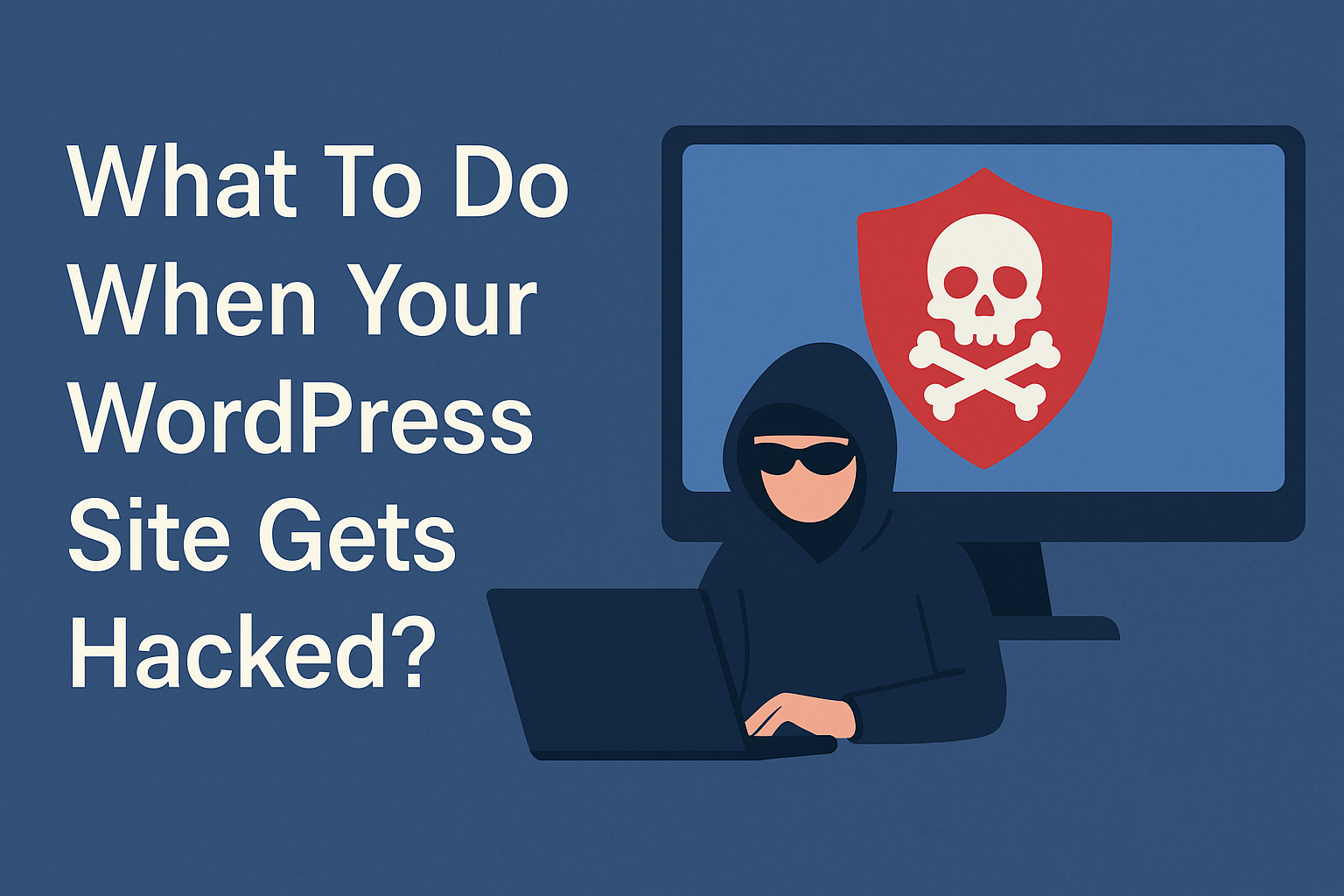
In 2019, US online retail sales were $3.53 trillion and were projected to double by 2023. E-commerce is an industry with a low barrier of entry, as long as the company has enough know-how. One of the first tasks entrepreneurs and small businesses need to consider is setting up their store presence.
Wix is a popular website builder platform used by many online stores, while WooCommerce is an open-source plug-in that’s integrated into a WordPress content management system. Both have their fans and detractors, so let’s break down some of the key points.
WooCommerce vs Wix
Ease of Use
When doing the Wix vs WooCommerce matchup, understanding which one is easier to use has to be at the top of the list. Wix has a user-friendly interface that’s known for its simplicity and can be used by one-person storefronts as well as smaller businesses. As an open-source plug-in, WooCommerce is easy to set up and has a wizard that helps store owners figure out their site and product placement options quickly with a lower learning curve.
How Customizable Are They?
Wix offers a drag-and-drop editor that makes it easier for users with little or no coding knowledge to get a basic site up fast. While installation is straightforward, WooCommerce does require coding knowledge. Where it excels against Wix is in helping your business create a truly unique look that sets it apart from the competition. Being able to really tailor your site to particular business needs benefits e-commerce stores over time.
Blogging and SEO
Blogging is a great inbound marketing tool that slowly builds your site’s organic traffic. Businesses with premium Wix website accounts avoid ads and own their own blog, which means they’re free to monetize it with advanced features like affiliate links or additional advertising. The same can be said for WooCommerce. Both have plenty of templates to choose from, but remember that WooCommerce is built on WordPress, a well-known and highly customizable platform, especially when it comes to search engine optimization (SEO). Wix does automatically add structured data to your site, but WooCommerce offers more granular guidance on customizing metadata with the help of robust free plug-ins, like Yoast SEO.
Handling Maintenance
Updating plug-ins, handling malware attacks and managing inventory are just a few of the activities that require a site to go into WordPress maintenance mode. Fixing problems as they come along may seem like the more practical strategy, but it actually drains your productivity. A smarter option would be to schedule regular maintenance tasks all at once so you can focus on building your business. Both provide a means for stores to safely go into maintenance mode. For those who need extra help, Wix offers multilingual callback customer support, which puts some owners at ease. WooCommerce provides a contact form, but some users opt for working with experts who not only help with maintenance, security and uptime monitoring issues but can recommend tailored improvements.
Ability to Grow with Your Business
When it comes to expanding your business, you need a solution that can grow with you. While Wix is a great solution, users may find themselves spending additional money on third-party apps to help with scalability. However, a properly configured WooCommerce site can handle unlimited numbers of products, making it the ideal solution for businesses looking for a long-term growth solution.
What’s the Cost?
Pricing for a Wix site ranges from $14 to $49 per month. This includes a free domain for the first year along with web hosting. WooCommerce is a free plug-in that works on a WordPress site, but it can require some free and paid add-ons to better expand its functionalities, so its price varies. This is where you need to understand the difference between cost and value. Wix’s online stores are solid solutions for many businesses that have limited staff and want to get started quickly. Where businesses can see the value of WooCommerce is in its ability to automatically provide upsell and cross-selling opportunities, as well as built-in filtering for customers searching for products. This means WooCommerce does more work for your store’s viability. With WooCommerce, businesses can be more robust and productive.
Wix vs WooCommerce: Which Is the Better Fit?
Both bring a lot to the conversation, which makes the decision to go with either dependent on your current needs. WooCommerce customization capabilities give it a solid edge. Businesses have more control over all elements of their sites. Additionally, there’s a lot of documentation as well as a strong community of developers users can lean into if they have questions or issues.
But not every business owner has the time to consult forums and read through documentation. For those who want to focus more on the business end rather than on the back end, there’s WP Site Plan. Not only do we provide off-site backups, we proactively scan for dangerous malware that can compromise your site and business in addition to providing active WooCommerce support. Check us out at WPsiteplan.com.


